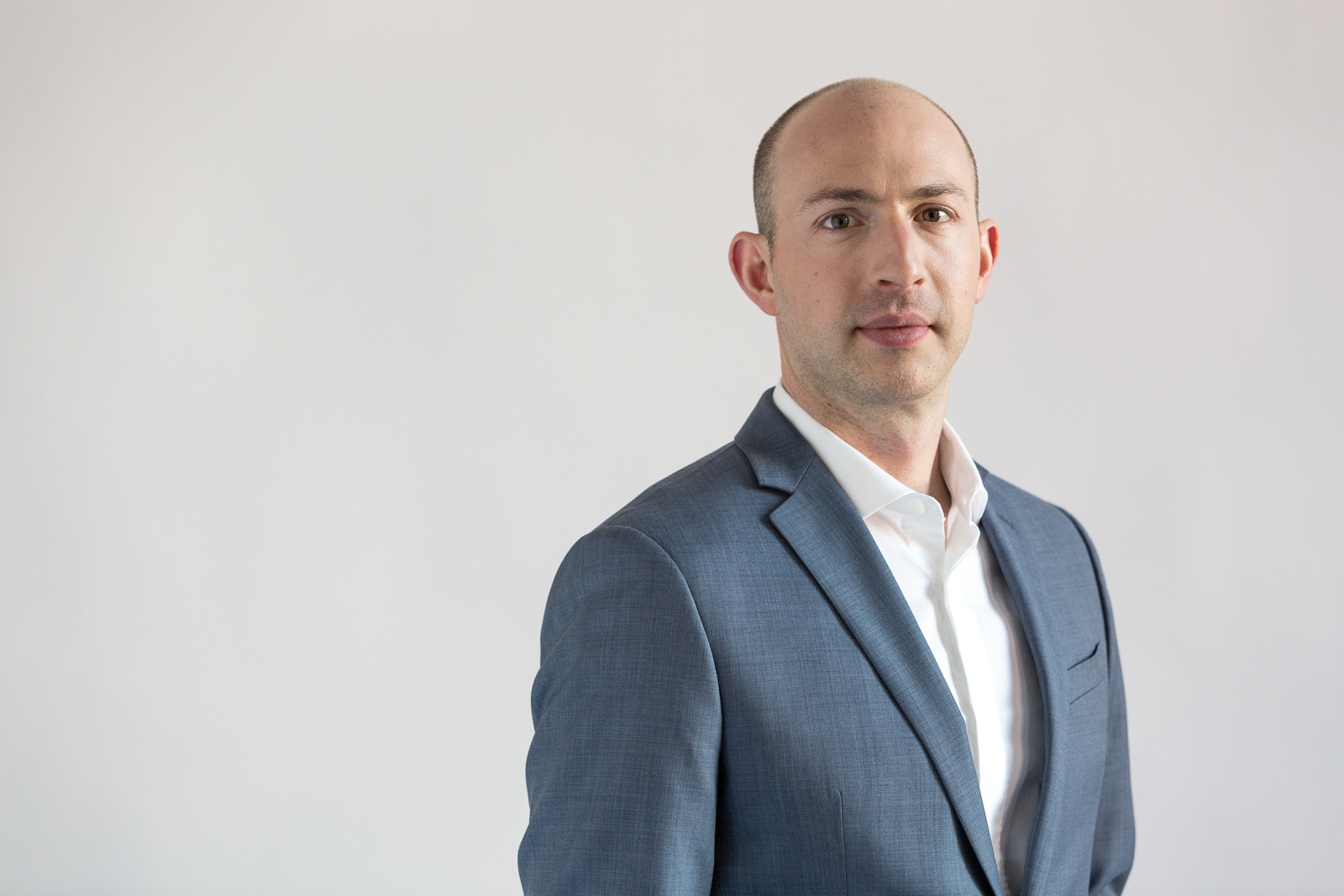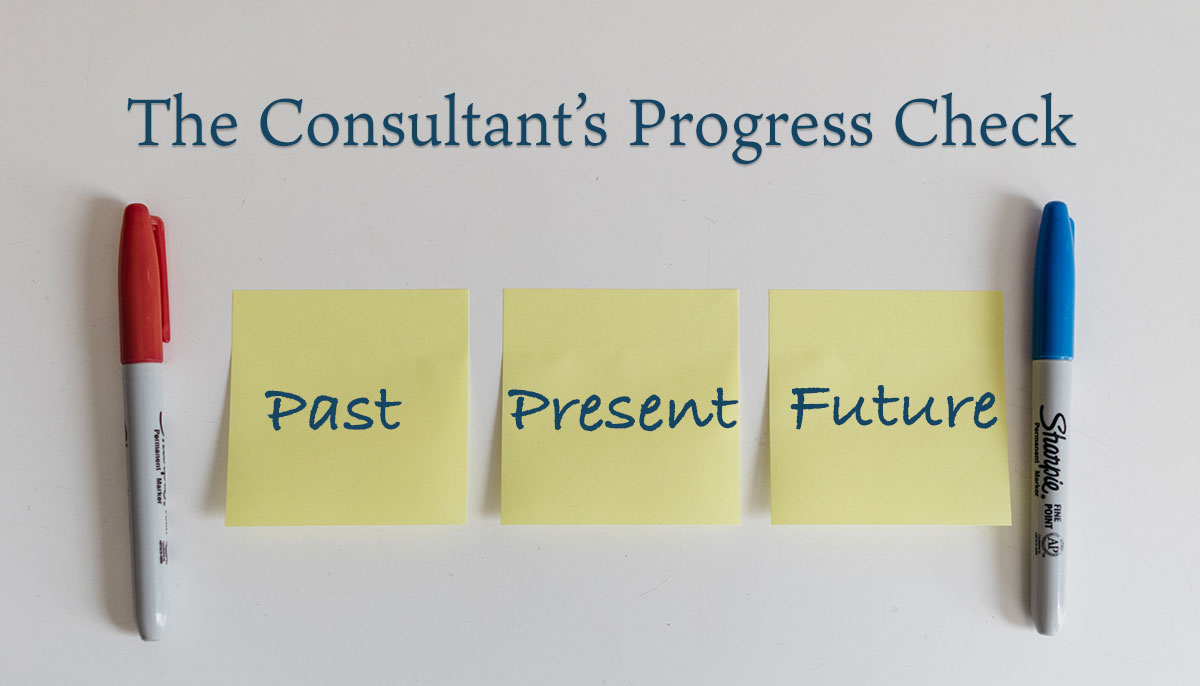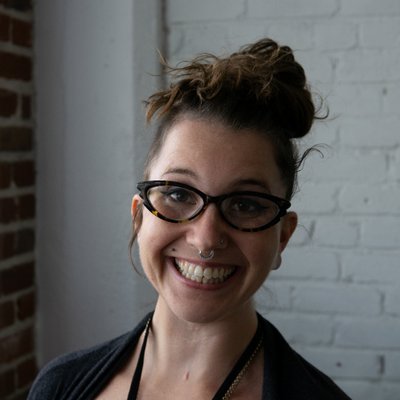A Framework For Productive Consulting Meetings (and Happier Clients)

Introducing Michael Zipursky
The Lucid Meetings team is delighted to welcome our newest contributor, Michael Zipursky. Our CEO met Michael when she was interviewed for his Consulting Success podcast. After the interview, Michael shared how implementing the simple meeting process described below helped the consultants he works with reduce drama and retain happy clients.
It’s a perfect example of how powerful it can be when you have a consistent structure for your meetings, and how you don’t have to over-complicate things to get great results.
In this post, Michael share the 3-step framework that’s helped hundreds of consultants build trust with clients.
— Team Lucid
Do you feel nervous before meeting with your consulting clients? If so, chances are you aren’t well-prepared.
With proper preparation and a specific agenda, your meetings will be productive and stress-free. Not only will this make your life easier, but your clients will appreciate it as well.
In this article, I’ll explain a simple 3-part framework you can use for your client meetings. This framework works especially well if you’re working with clients on an ongoing basis.
After reading, you’ll know how to run the perfect consulting meeting — and how to leverage meetings into more consulting work.
Before & After Using The Meeting Agenda: Jane’s Story
Jane never felt quite comfortable during meetings with her client.
Sure, she was delivering on the project just fine — but these meetings with the client were a sticking point. She wasn’t sure what the purpose of the meeting was. She went into them hoping for the best.
Without a clear structure to the meeting, it was hard for her client to see progress. They even started to doubt her value.
She could feel the business slipping away.
It wasn’t about the work — it was about Jane’s lack of a plan for her meetings. She lacked a concrete structure that helped her demonstrate progress.

I recommended that she take the initiative and use the agenda below for her meetings. Instead of going into meetings reactive to her clients, she became proactive. She knew what she was going to talk about, when, and why — for every meeting.
After implementing this meeting agenda, her client was much happier. They could see progress and the value she was delivering every step of the way. Jane also began to enjoy her client meetings. She knew what to expect because she was the one running them.
Best of all, this client ended up being one of Jane’s favorite long-term clients. They still work together to this day. She went from worrying about losing the business to turning it into a long-term engagement.
Jane practiced and mastered this consulting meeting agenda. It helps her deliver on projects smoothly — and sets her up for long-term work.

The Benefits Of Using An Agenda For Your Consulting Meetings
Why should you use a set agenda for your consulting meetings? An agenda benefits both you and your client.
For you, the consultant, it’s important that you know you’re making real progress for the client. Setting a meeting agenda will help you stay focused on delivering results. It will also help you stay organized and focused to make sure the project doesn’t go off the rails.
When you start a consulting project, you have a specific point A — the goal. But as your client asks for more or brings up more ideas, you might end up going after point C or point D. These alternate points are often unrelated to the original goal of the project.
For the client, this agenda shows them that they are getting the results they want. With each meeting, they’re seeing the results. They know what you’re working on. And they know what’s coming next.
If your client doesn’t see progress, they will start to doubt the value of their investment in you. You use these meetings to show them the progress so they know they are getting a return on their investment.
Meeting twice a month is ideal. During each meeting, go over three items with your client: Past, Present, and Future.
For each part, use a bullet-point structure. Write 3-7 bullet points for each part.
A Simple, Effective Client Progress Check

Part 1: Past
The first item on the agenda covers what you’ve done previously.
Discuss what you’ve already accomplished for the clients. This shows your client that you’ve made progress.
If you only talk about the present or future, it’s much harder for your client to see progress. But when you start with the past, you anchor the meeting with a demonstration of results. This is the ideal way to start your meeting.
Part 2: Present
The second item on the agenda covers what you’re working on now.
This is where you discuss what you are working on over the next few days or weeks. You’ll get the client up to speed and make sure that you’re on the same page.
Talking about what you’re working on now helps your client feel good about their investment. They know that you’re working on solving their problem — and helping them achieve their desired future.
Part 3: Future
The third item on the agenda covers the areas where you can add value in the future.
Many consultants gloss over this. Without talking about the future, you cannot plant future seeds of work.
In this part, you consider where you can add more value.
If you identify new opportunities to add value to the engagement, bring that up with the client. Present the opportunity to answer questions about your ideas. You’ll find that you’ll even agree to more work right at this point.
By providing more value, you can pick up more consulting work. And there’s no easier sell than to a client who’s already investing in you — and has seen results.
How To Wrap-Up A Consulting Project (And Get More Business)
Maybe you’re at the point where there’s no more value left to add your client. But before you’re ready to wrap up the project for good, think deeper about the additional value you can create for your client.
- What other problems are they struggling with where you can help?
- What other skills can you offer that can add value?
- What other aspects of your client’s desired future can you help them achieve?
If you’re truly ready to finish up the project, then you can begin the process of ending the project.
The best way to do this is to show them everything you’ve done for them up to this point. This helps you with the next two things.
First, ask for referrals. Ask them for the names of 3 people who’d gain value in the same way they have from your expertise.
Second, ask for a case study. You can turn the successful project into public-facing marketing collateral (with your client’s permission). Doing so will help you attract potential clients who want similar results to your client.
Action Step:
Use This Framework For Your Next Consulting Meeting
Client meetings shouldn’t stress you out. You shouldn’t be worrying about whether your client is content.
Instead, use the agenda framework described above. Go over it point by point with your client. You’ll find that this framework is very quick, efficient, and doesn’t drown your client in tons of pages or data.
The act of preparing your bullet points will help you focus. You’ll know you’re working on the right things. And if you miss something, you can fix it.
Using a set agenda for your client meetings is one important part of running a more enjoyable, profitable, and stress-free consulting business.
Try using this agenda for your next meeting. Observe how it goes.
You’ll be surprised at how using an agenda makes your consulting meetings more productive — and effective.



